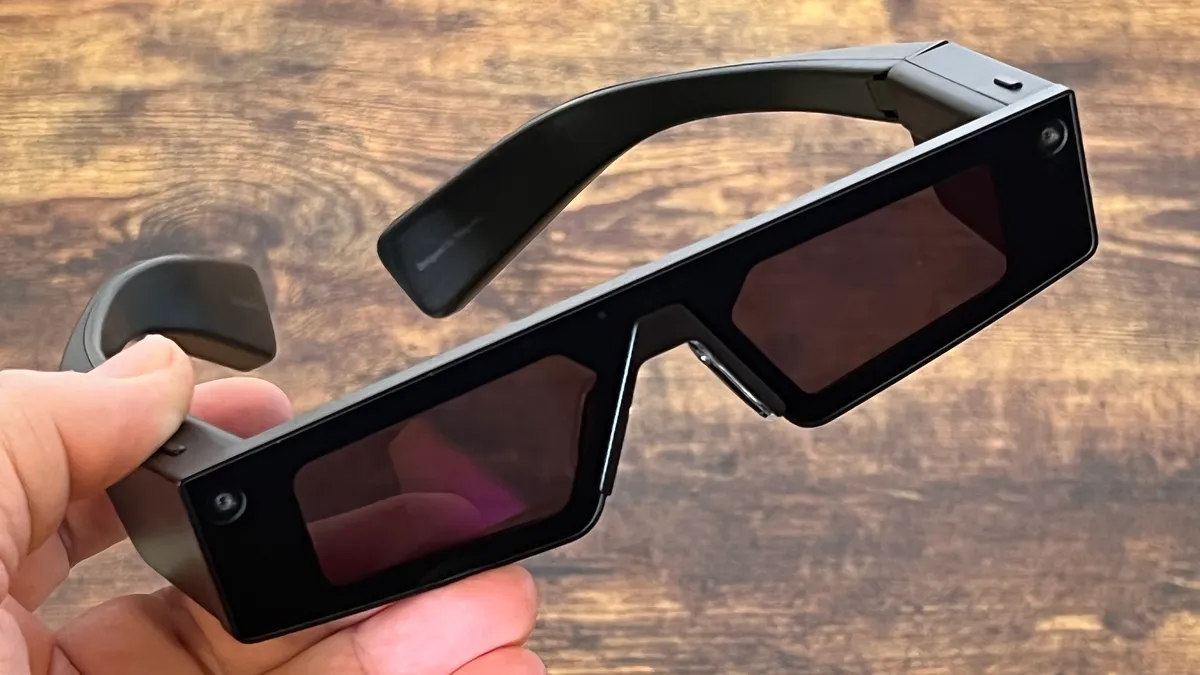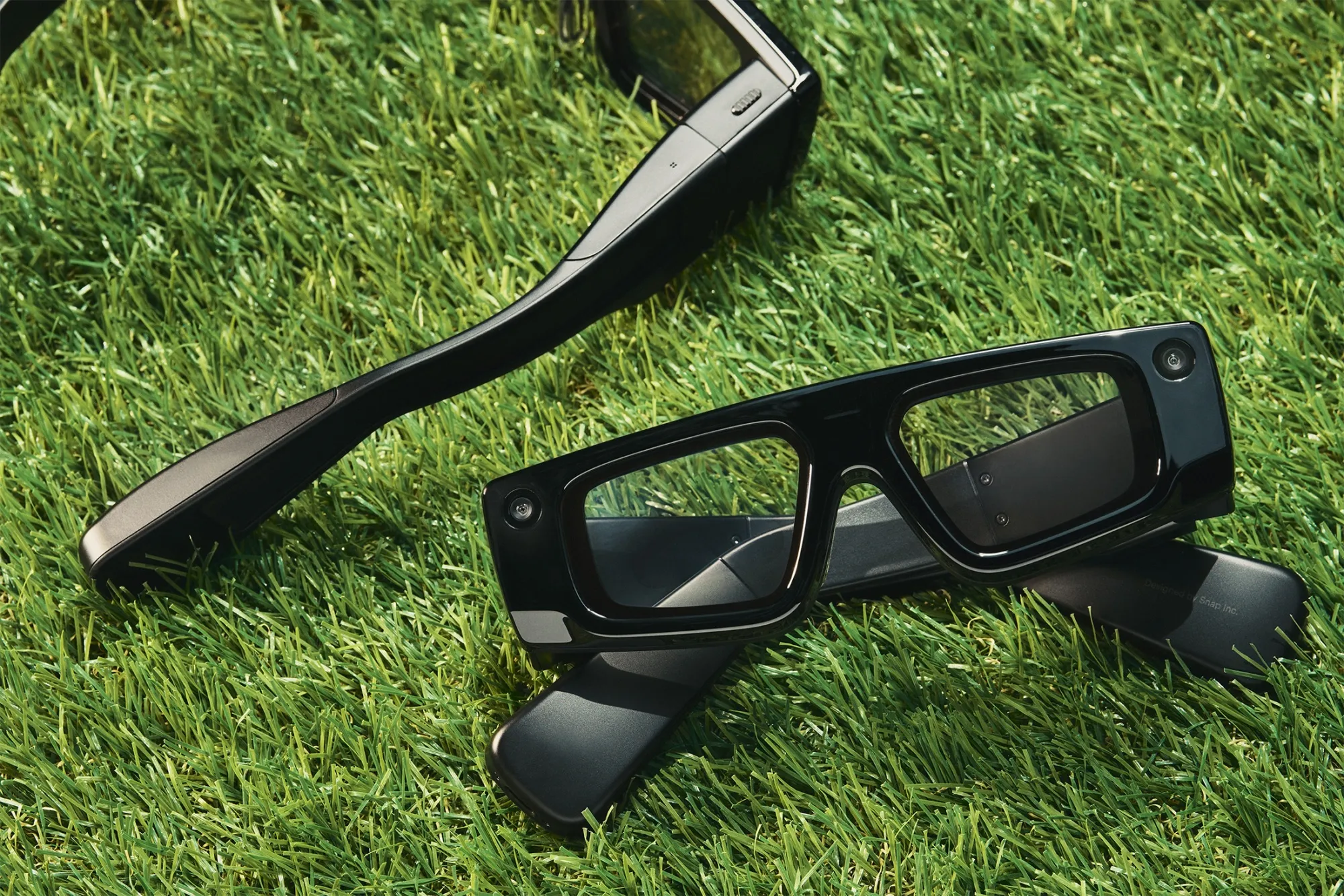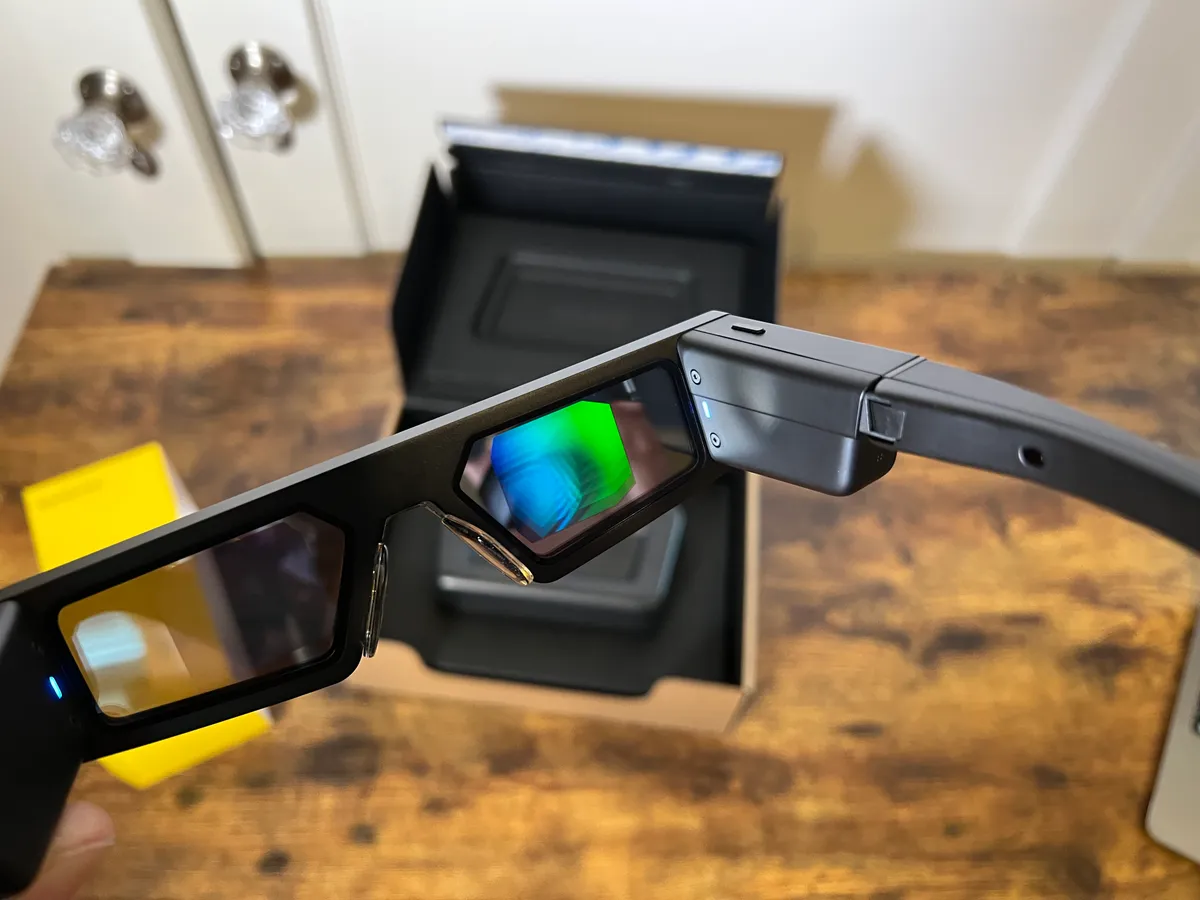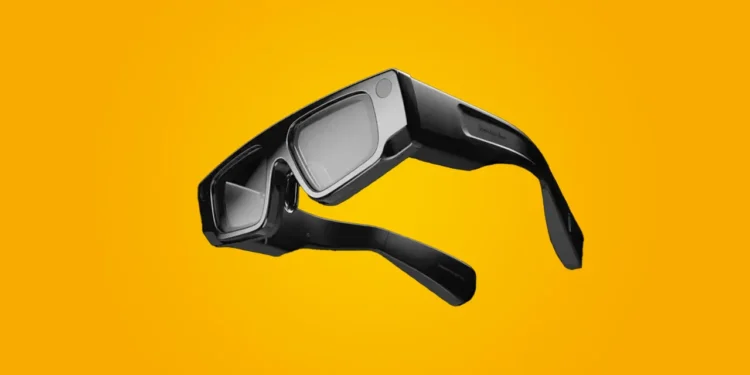Snapchat’s journey into augmented reality has been marked by ambition and innovation, as demonstrated by their latest offering, the AR Spectacles. While technology enthusiasts and industry insiders have been eyeing every company’s move in the AR space, Snap’s recent product has stirred a significant amount of debate, not all of it favourable.

The Vision Behind the Spectacles
Snap’s AR Spectacles, a project with roots dating back to 2016, have evolved significantly over the years. Originally introduced with basic camera features, the Spectacles have undergone several transformations, adding augmented reality capabilities in 2021 which were initially available to a select group of creators.
The company’s latest iteration, part of their developer kit, now aims to make these advanced features accessible to a wider audience for $99 a month. According to Snap, the new Spectacles are “the result of a decade of research and development” aimed at transcending traditional screen boundaries and enhancing real-world interactions. Despite these lofty goals, the reception has been mixed.
Prestigious outlets like MIT Tech Review have acknowledged that the Spectacles “could finally deliver on the promises devices like Magic Leap, or HoloLens, or even Google Glass, made many years ago.” Meanwhile, CNET and The Verge have also noted Snap’s progressive steps towards compelling augmented reality applications.

Sterling Crispin’s Harsh Critique
However, not everyone shares this enthusiasm. Sterling Crispin, a former Snap design engineer, expressed deep dissatisfaction with both the product and his experience working on it. In a candid post on X, formerly known as Twitter, Crispin stated, “I worked on these for about a year at Snap, and I have a million negative things to say about the experience and the device,” adding that the product is “obviously bad.” Crispin’s reluctance to delve into specifics, citing potential NDA violations and not wanting to hurt former colleagues’ feelings, leaves room for speculation about the precise nature of the issues he encountered.

The Broader Market Challenges
Snap is not alone in facing hurdles in the AR market. Tech giants like Meta, Apple, Google, and Microsoft have all experienced setbacks with their AR and VR ventures, with Meta notably absorbing nearly $50 billion in losses over four years. Apple’s Vision Pro headsets, though technologically advanced, have not lived up to consumer and investor expectations. Google Glass and Microsoft’s HoloLens have also seen their share of challenges, highlighting the difficulty of achieving commercial success in this innovative yet nascent sector.
Despite these challenges, partnerships and continued development signal that companies remain invested in AR technology. Meta and EssilorLuxottica have recently expanded their collaboration on AI-enabled Ray Ban smart glasses, and Apple showcased the Vision Pro at their Worldwide Developers Conference, emphasizing its global sales initiatives.

As the augmented reality landscape continues to evolve, products like Snap’s AR Spectacles will be pivotal in shaping consumer expectations and industry standards. The debate over their viability and impact reflects broader uncertainties in the market but also underscores the ongoing commitment to innovation among leading tech companies. Whether Snap’s latest Spectacles will ultimately be viewed as a pioneering tool in AR or a misstep in a challenging market remains to be seen. What is clear, however, is that the road to augmented reality dominance is fraught with technological hurdles and fierce competition, with every player seeking to capture the imagination of a still-sceptical public.










